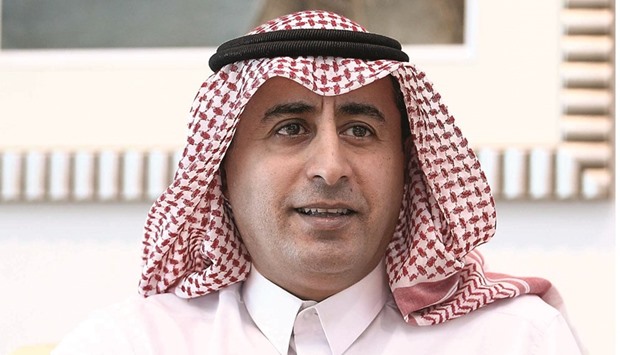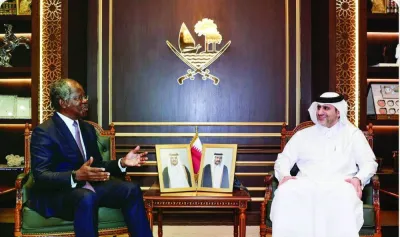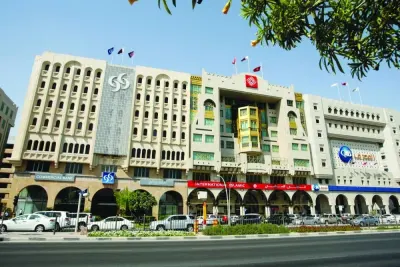Previously in Gulf Times, we saw how the Qatar Monetary Agency (QMA) was established in 1973 to issue Qatar’s new national currency, the riyal. This would be the start of the development of a modern central bank for Qatar and the creation of a sound regulatory framework to influence and control the development of the banking system.
The QMA’s original legal framework to manage Qatar’s monetary issues was replaced by law No 15, 1993, establishing the Qatar Central Bank (QCB). The QCB inherited all the responsibilities of the monetary authority with the additional function of overseeing and supervising all financial institutions including banks, insurance companies, brokerage houses and money exchange houses and linking its activities to Qatar’s economic policy.
The management of the country’s financial system by the QMA and its successor QCB, has proved over the years to be effective by its leadership from QCB Governor HE Sheikh Abdulla bin Saud al-Thani and helped maintain a steady and impressive growth of the economy, encouraging the expansion of the private sector.
The QMA in the 1970s focused on encouraging the development of national banks at a time when the sector was dominated by foreign banks. Consequently, it restricted the issuance of licences to national banks only. This policy was essential for the creation of national economic institutions and for providing new opportunities for local businesses.
The QMA also dealt effectively with the difficulties faced by banks as a result of the Iraqi invasion of Kuwait, and took measures that helped maintain confidence in the system during the early 1990s.
The general trend for tighter control and increased regulation of the banking sector continued until the mid-1990s when QCB started a series of steps to liberalise the Qatari market by freeing interest rates on credit.
This helped to substantially increase long-term deposits, and gave banks access to medium-term finance resources.
By 2000, QCB freed interest rates on the Qatari riyal totally, giving banks the freedom to determine interest rates on deposits of various terms in line with market forces.
In response to global financial crisis in 2007, QCB addressed some of the key issues underpinning the downturn in the banking system, such as increasing the mandatory reserve ratios, issuing certificates of deposit, granting special credit facilities to Qatari banks with suitable interest rates, and cancelling the deposit limit at QCB in accordance with the Qatari monetary market interest rate mechanism. QCB also took precautionary measures to limit risky exposure of banks by restraining credit for real estate financing and the purchase of shares.
Overall, QCB has successfully maintained a balance between Qatar’s development needs and financial stability, mitigating credit risks and issuing corporate governance regulations incorporating sound banking principles and guidelines. The QCB is at the heart of Qatar’s solid banking infrastructure that has been integral to the country’s rapid economic growth.

Dr Abdulaziz A al-Ghorairi is senior vice-president and group chief economist at Commercial Bank.


